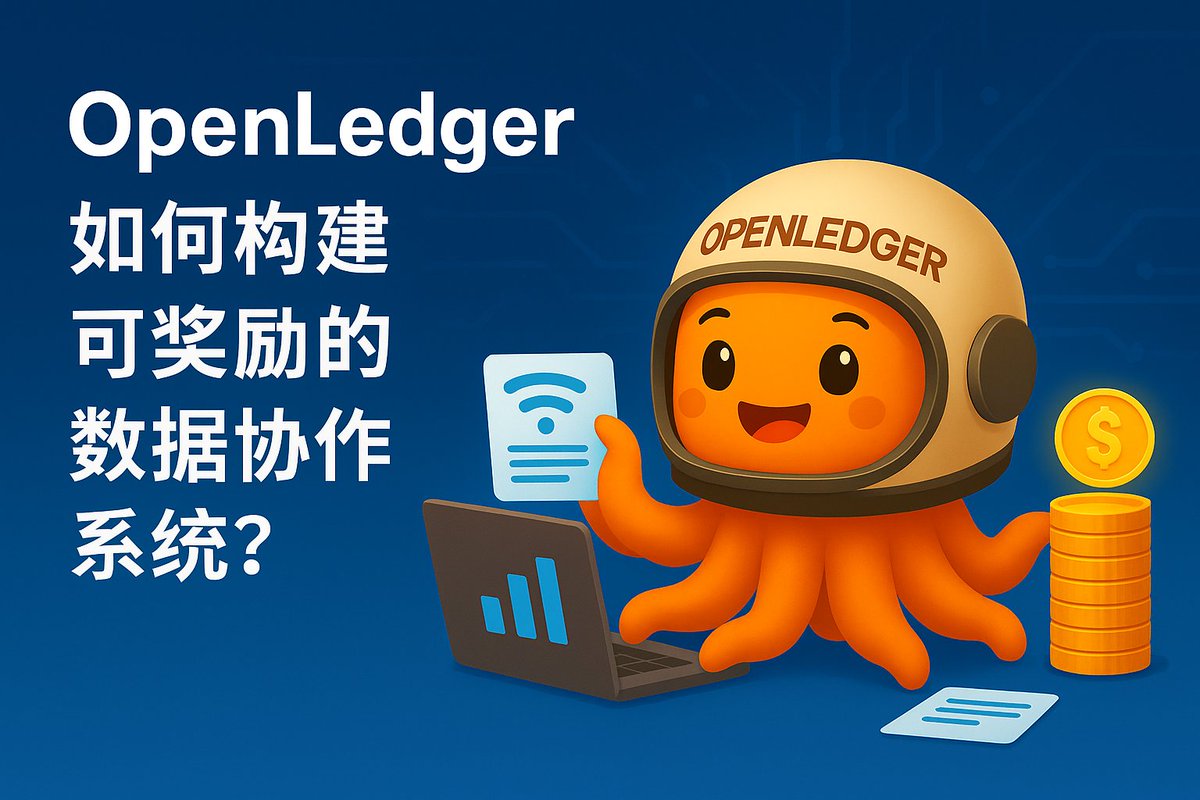From Datanets to Payable AI: How OpenLedger Builds a Rewardable Data Collaboration System? 】
While most Web3 AI projects are still in the platform construction stage of "model-as-a-service", OpenLedger is already building a new on-chain collaboration structure: users can not only call models, but also upload data, train models, and contribute content, and every participation behavior can be recorded, attributed, and motivated. The core pillars of this mechanism are Datanets and Payable AI.
1. Datanets: Let data uploads also become "claimable assets"
Data contributions in traditional AI projects are often one-time and untraceable. But OpenLedger's Datanets model, which wraps datasets as on-chain structured assets, revolves around three points:
(1) Each uploaded dataset is clearly marked with the identity, time, and purpose of the contributor, and recorded as verifiable on-chain events.
(2) The dataset can be combined, sharded, and authorized according to the usage needs to realize cross-model sharing and usage control;
(3) Every time the model calls data, the system automatically records the call path and attributes the incentive to the original data provider.
Data is no longer a "backend resource" but an on-chain asset unit that can participate in the incentive cycle for a long time.
2. Payable AI: Call is payment, action is value
Another core design of OpenLedger is Payable AI - which translates model call behavior into on-chain payment behavior. After uploading the model, developers can customize the call price, incentive mechanism, and budget limit, and users will automatically trigger payments (points or tokens) when they are called, and record this behavior in the PoA (Proof of Attribution) trajectory.
This structure changes the traditional "free use but no attribution" model:
(1) Developers can obtain stable income through calls;
(2) The caller receives transparent on-chain feedback and response;
(3) Contributors to datasets and prompts can also indirectly obtain value reflow.
This is an upgrade of the on-chain labor mechanism - the model is no longer platform-based, and the calls are no longer anonymous.
3. The closed loop of multi-role value of collaborative incentive networks
OpenLedger is not built as a centralized mechanism for "platform scheduling participants", but as a multilateral collaboration network. Each identity has a participation path and a way to earn:
(1) Data contributors receive profit sharing through Datanets;
(2) Model developers get incentives through calls;
(3) The caller pays points to obtain services;
(4) Content participants improve the quality of the model through Yap, prompts, and feedback, and gain reputation and incentives.
This is a network graph with "contribution as the unit of value", and every interaction point on the chain is a behavior that can be quantified, recorded, and participated incentive.
If you want to understand "what is the economic bottom layer of an on-chain AI city", this may be the most worthwhile path: data is an asset, call is payment, and collaboration is growth.
#OpenLedger #COOKIE #OpenLedger动态系列 @OpenledgerHQ @cookiedotfun
Show original
14.53K
52
The content on this page is provided by third parties. Unless otherwise stated, OKX TR is not the author of the cited article(s) and does not claim any copyright in the materials. The content is provided for informational purposes only and does not represent the views of OKX TR. It is not intended to be an endorsement of any kind and should not be considered investment advice or a solicitation to buy or sell digital assets. To the extent generative AI is utilized to provide summaries or other information, such AI generated content may be inaccurate or inconsistent. Please read the linked article for more details and information. OKX TR is not responsible for content hosted on third party sites. Digital asset holdings, including stablecoins and NFTs, involve a high degree of risk and can fluctuate greatly. You should carefully consider whether trading or holding digital assets is suitable for you in light of your financial condition.

